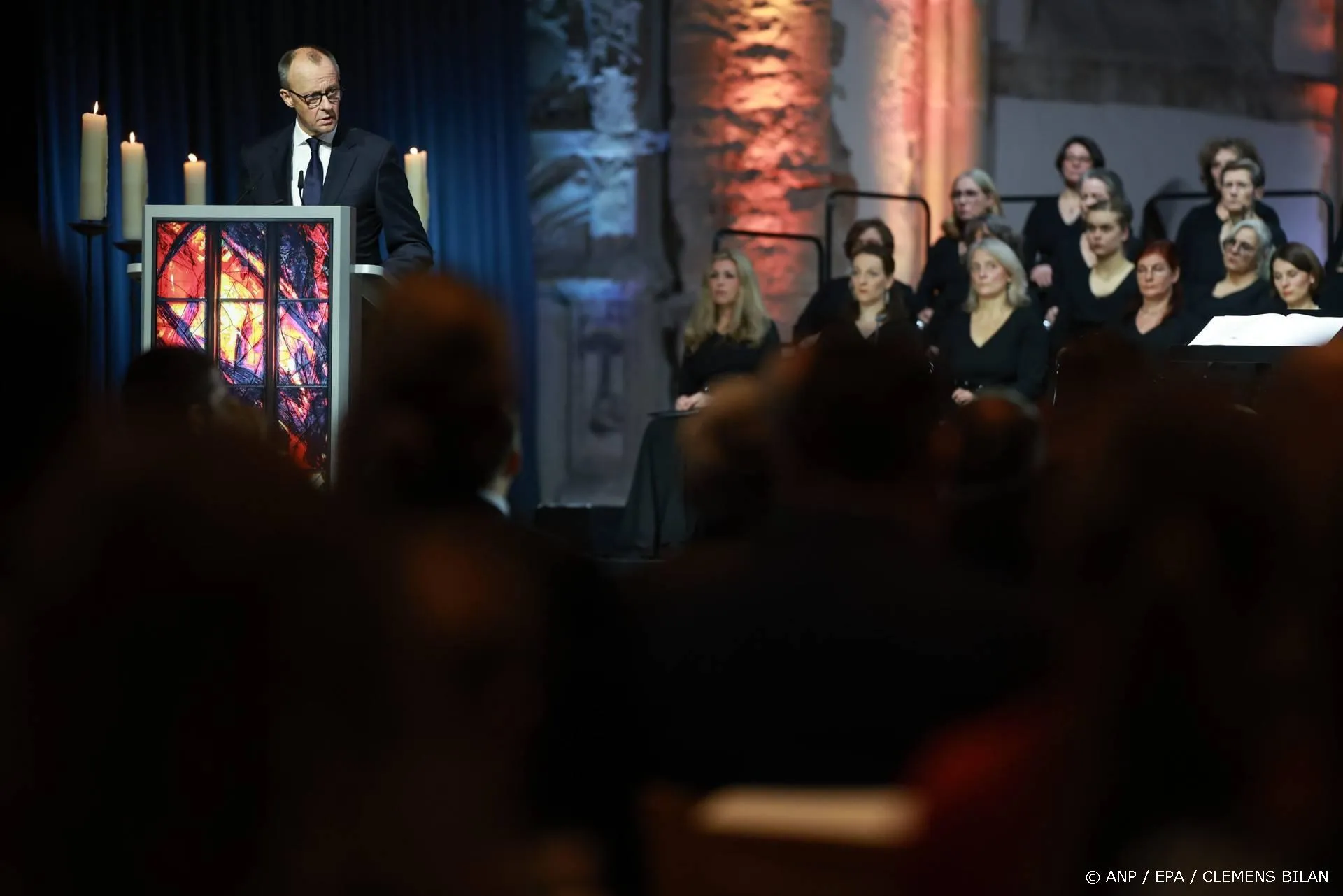New York Times ziet meer in Oostenrijkse School
Beijing is often accused of manipulating the value of its currency, the renminbi, to subsidize its manufacturing. The government also funnels domestic savings into the national banking system and grants subsidies to politically favored businesses, and it seems obsessed with building infrastructure. All of this tips the economy in very particular directions.
The Austrian approach raises the possibility that there is no way for China to make good on enough of its oversubsidized investments. At first, they create lots of jobs and revenue, but as the business cycle proceeds, new marginal investments become less valuable and more prone to allocation by corruption. The giddy booms of earlier times wear off, and suddenly not every decision seems wise. The combination can lead to an economic crackup not because aggregate demand is too low, but because the economy has been producing the wrong mix of goods and services.
Lees ook
Loading



